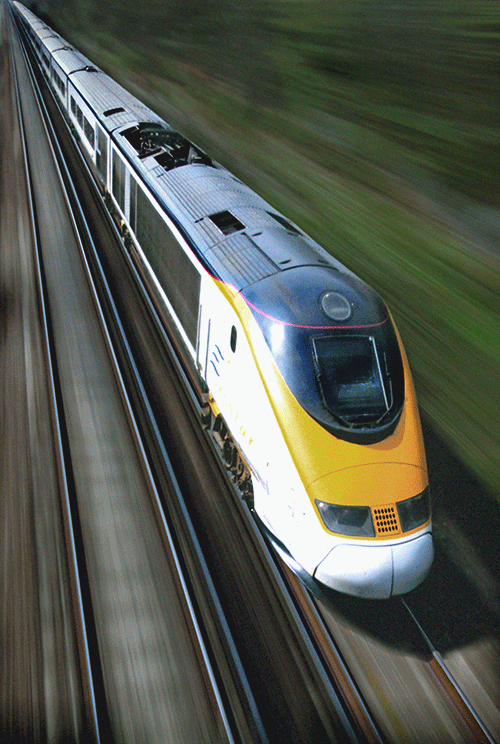 Read the peer reviews for this article
Read the peer reviews for this article
The UK’s decision to terminate its EU membership has initiated uncertain times for British politics, commerce, and its legal status and international relations. The enduring impact of the Brexit decision on each of these issues will depend on what terms the UK Government manages to negotiate on its withdrawal.
But what are the origins of the European influence on the UK rail sector? And how might the post-Brexit models affect stakeholders?
HOW IS IT GOING TO HAPPEN?
The outcome of the European referendum has imposed a democratic duty on the UK Government to terminate its membership of the EU, albeit it has not mandated the terms on which such termination is to be achieved. In order to trigger the withdrawal process, the UK will need to serve a formal notice under Article 50 of the Lisbon Treaty, although there is currently disagreement between constitutional lawyers as to whether parliamentary approval is needed in order for this to happen. A legal challenge is currently pending and due to be decided by the High Court in the coming months.
Once the UK serves notice to exit the EU it will have two years in which to agree arrangements for its future trade relations with members of the single market, unless an extension is agreed. If it fails to reach agreement within that period the UK could find itself forced into a ‘Full-Brexit’ (a position explained further below).
TWO POSSIBLE OUTCOMES
A number of options exist for the future relationship between a post-Brexit UK and the remaining EU member states. In this article, we assess the impact of a Brexit by reference to two options which are both realistic possible outcomes, at opposite ends of the spectrum.
These are: Partial Brexit, where Britain retains membership of the single market; and Full Brexit, where Britain ceases to be a member of the single market and relies instead on relationships governed by membership of the World Trade Organisation (WTO).
Under a Partial Brexit, currently exemplified by arrangements applying to Norway, Iceland and Liechtenstein, the UK would:
- Retain full membership of the single market - and be required to comply with single market rules, including the free movement of capital, labour, services and goods (the Four Freedoms).
- Be a member of the European Free Trade Area (EFTA) and - under the terms of the EEA Agreement - the European Economic Area (EEA).
- Be outside the EU customs union, but be able to enjoy tariff-free EU/UK trade in goods within scope.
- Have limited formal power in making EU single market rules.
- Pay (at a reduced rate) for access to the single market.
This option would require compliance with each EU Directive and Regulation that has been adopted under the EEA Agreement. There is a process leading to adoption under the EEA Agreement - this is triggered by the EU law concerned being adjudged to be relevant to the subject matter of the EEA Agreement (or ‘EEA relevant’). Although there is often some delay in the adoption, and there is a rarely-used process for exceptions to adoption, most EU laws deemed to be EEA relevant have been adopted and EEA relevance has been widely interpreted.
In the rail industry, each directive previously transposed into English law has been deemed to be ‘EEA relevant’. For this reason, a Partial Brexit can largely be considered to be the maintenance of the status quo, and (unless expressly stated below) we would expect the UK rail industry’s legal framework to remain largely unchanged.
However, there are a number of hurdles which the UK would need to overcome to achieve a Partial Brexit. These include being able to: (a) negotiate acceptable withdrawal terms with the remaining EU States within the two-year period; and (b) obtain the memberships it requires to maintain access to the single market. Indeed, reports currently suggest that Norway may block any attempt by the UK to rejoin the EFTA over fears that the UK could shift the balance of the organisation (The Guardian, August 9).











